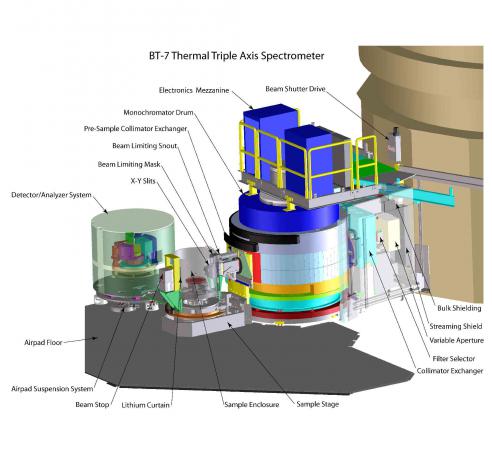
Breaking News
 Audio + English transcript from the closed-door July 9, 2025 court hearing in the case against...
Audio + English transcript from the closed-door July 9, 2025 court hearing in the case against...
 Trump: Obama started this WHOLE thing! (6 mins on it from the Maria B interview)
Trump: Obama started this WHOLE thing! (6 mins on it from the Maria B interview)
 Provoked: How Washington Started the New Cold War with Russia and the Catastrophe in Ukraine
Provoked: How Washington Started the New Cold War with Russia and the Catastrophe in Ukraine
 US Politics Is Just Nonstop Fake Revolutions Now
US Politics Is Just Nonstop Fake Revolutions Now
Top Tech News
 3D Printed Aluminum Alloy Sets Strength Record on Path to Lighter Aircraft Systems
3D Printed Aluminum Alloy Sets Strength Record on Path to Lighter Aircraft Systems
 Big Brother just got an upgrade.
Big Brother just got an upgrade.
SEMI-NEWS/SEMI-SATIRE: October 12, 2025 Edition
 Stem Cell Breakthrough for People with Parkinson's
Stem Cell Breakthrough for People with Parkinson's
 Linux Will Work For You. Time to Dump Windows 10. And Don't Bother with Windows 11
Linux Will Work For You. Time to Dump Windows 10. And Don't Bother with Windows 11
 XAI Using $18 Billion to Get 300,000 More Nvidia B200 Chips
XAI Using $18 Billion to Get 300,000 More Nvidia B200 Chips
 Immortal Monkeys? Not Quite, But Scientists Just Reversed Aging With 'Super' Stem Cells
Immortal Monkeys? Not Quite, But Scientists Just Reversed Aging With 'Super' Stem Cells
 ICE To Buy Tool That Tracks Locations Of Hundreds Of Millions Of Phones Every Day
ICE To Buy Tool That Tracks Locations Of Hundreds Of Millions Of Phones Every Day
 Yixiang 16kWh Battery For $1,920!? New Design!
Yixiang 16kWh Battery For $1,920!? New Design!
 Find a COMPATIBLE Linux Computer for $200+: Roadmap to Linux. Part 1
Find a COMPATIBLE Linux Computer for $200+: Roadmap to Linux. Part 1
NIST creates spectrometer with 10,000 times more precision than standard devices

The device could help bring about "quantum communications" networks, which would use individual particles of light to send bits of information. Because each bit of information can be embedded in the quantum properties of a single photon, the laws of quantum mechanics make it difficult, if not impossible, for an enemy to intercept the message undetected.
Both the telecommunications and computer industries would like such networks to keep information secure. The NIST method may help overcome one of the technical barriers standing in their way by measuring photons' spectral properties—essentially their color—10,000 times better than conventional spectrometers.
Individual photons have a limitation: They cannot travel through fiber-optic cables for more than about 100 kilometers (about 60 miles) without likely being absorbed. A quantum network able to handle worldwide communications would need periodic way stations that could catch photons and retransmit their information without loss. The NIST team's invention could help such a "quantum repeater" interact effectively with photons.



